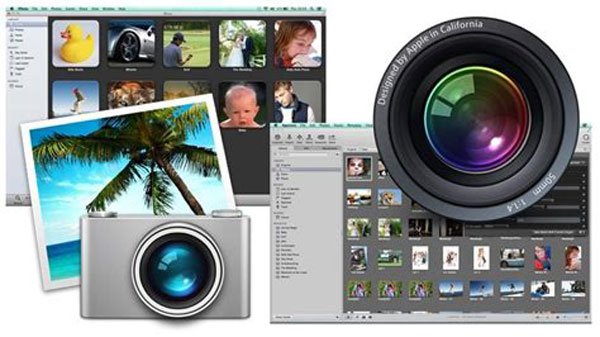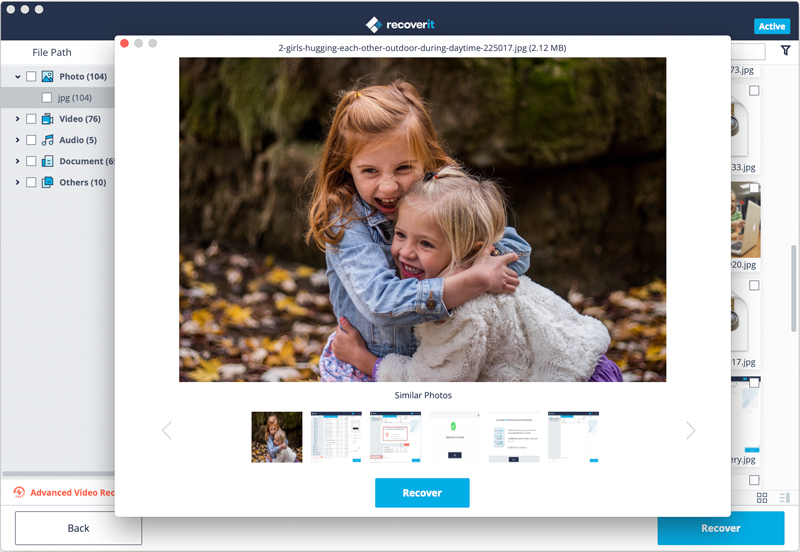

- #IPHOTO GONE UPDATE#
- #IPHOTO GONE UPGRADE#
- #IPHOTO GONE PROFESSIONAL#
- #IPHOTO GONE MAC#
Note that if you’re a professional photographer expecting the kind of features you get in Aperture, you will be disappointed. With the release of Photos, Apple has removed iPhoto from the App Store so if you uninstall iPhoto, there’s no way of getting it back unless you use Time Machine to backup your Mac.
#IPHOTO GONE UPGRADE#
If you decide to upgrade to Photos.app and get rid of iPhoto completely, you should be aware of a few things that are missing from it.
#IPHOTO GONE UPDATE#
It would no longer be a hard job then you can keep your iPhone photos to a USB flash drive.With the latest update to OS X 10.10 Yosemite, Apple has included in it the successor to iPhoto – Photos For Mac. It's actually easy to get off and tranfer photos from iPhone/iPad to USB flash drive without iTunes by using the media transfer tool iMyFone TunesMate.
It does support to transfer/move the videos in your Photos app on iPhone to computer. Of course, you cannot transfer photos albums from iPhone to USB drive in this way neither. Select and copy the photos, open the USB folder and paste them into the stick. When it finishes, connect your USB stick to Mac. 
You can also select "Import New" (All New Items) if you want to transfer only some photos.
#IPHOTO GONE MAC#
Select the photos you wish to transfer from your iPhone to Mac and click on the "Import Selected" button.
It will show you all your iPhone photos there. Check if the Photos app automatically opens. With the aid of a USB or iOS cable, connect iPhone or iPad to your Mac. The steps involved to transfer iPhone photos to Mac using iPhoto are similar to the new Photos app. The Photos app may not be present on older versions of the Mac operating system but the iPhoto will be present. You cannot view the photos by albums, or cannot transfer iPhone albums to external hard drive.ģ For Mac: Use Photos App to Save iPhone Photos to USB. It's time-consuming to find the photos you want because you need to open every folder until you find the one you want. All the photos are divided into different folders according to added date. This method is very straightforward, but it requires a lot of work to locate the photos. Select and copy all the photos you need from all DCIM folders, and paste them to your USB drive.  Your iPhone will be shown in This PC/Computer. Connect your iPhone and USB flash drive to PC.
Your iPhone will be shown in This PC/Computer. Connect your iPhone and USB flash drive to PC. 
Ensure that you have the latest version of iTunes installed on your PC. You can get iPhone or iPad photos to your USB by using Windows Explorer. Then select your USB drive to access the transferred albums.Ģ For Win: Copy DCIM folder from iPhone to USB Stick Just right click on the specific album and choose Export to PC/Mac. When you are in Photos window on TunesMate, you will find that all your photo albums are displayed at the left sidebar. 1.2 Steps to Transfer Albums from iPhone to USB Stick Note: If you want to transfer all the photos, there is a faster way, by simply clicking " Backup Photos to PC/Mac" on the home interface of iMyFone iPhone Transfer. Tap Select Folder to get the process started. Step 4: Tap Export > Export to PC/Mac and browse your USB drive to store the photos. Step 3: All the photos are displayed according to the added date. Step 2: Tap the Photos tab at the top and you will be in the window that shows you all your photos in camera. Connect your iPhone and your USB flash drive to computer and launch the software. Step 1: Have iMyFone iPhone Transfer installed on your computer. Can transfer and manage all kinds of media files: camera roll, photo stream, music, video, playlists, podcasts, audiobooks, etc.ġ.1 Steps to Transfer Photos from iPhone to USB Stick. Manage iOS 14 HEIC Photos: View, transfer and delete HEIC photos or HEVC videos. Freely transfer videos between iPhone and computer, including large videos and recorded videos in camera roll. View and backup photos albums from iPhone/iPad to computer without any hassle. Transfer photos from iPhone or iPad to computer/USB flash drive, selectively or all at once.








 0 kommentar(er)
0 kommentar(er)
